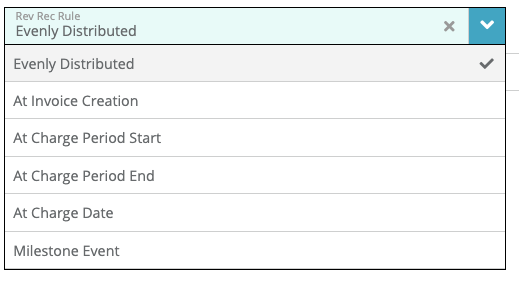Overview
This article provides an overview on how revenue recognition reporting is configured in LogiSense Billing.
Prerequisites
What else do we have to do / do we have to do in discussion with our customer prior to configuration
Configuration Process
NOTE: No customer data can end up in this guide, this will be published to Logisense.com
Back-end Configuration
We need to detail the configuration process we perform here step by step in chronological order. E.g. to enable rev rec reporting we set up stored procedures and then describe what each stored procedure does. This should not be written as numbered steps for the user to follow, this is a description (overview) of the back-end config work that we do and why we do it.
For this guide we will specifically cover the step required to get rev rec working and these three reports generated:
Billed Revenue
Deferred Revenue
Unbilled Revenue
LogiSense Billing Configuration
Once we have the back-end step described in the proper order we can jump over to the LSB UI and cover how to setup the elements there (custom fields, custom reports, etc.)
The LSB configuration is something the customer/prospect will want to see (we need a few screenshots).
Some info below from Chris B on details needed in the LSB UI config walkthrough:
====
the main settings we are going to want to talk about are: the custom field on the service called Rev Rec Rule. it looks like this:
We use this rule to determine how revenue is going to be recognized. It is tied to the order/contract the service/package is associated to.
for SSP "standalone selling price" we use the pricing set at the package frequency level. If someone were to apply a discounts on top the SSP would be calculated using the based prices defined in the product catalogue.
The Export reports that we talk about for Truphone are what we would typically provide.
====
Revenue Recognition Reports
Here we should detail the output of the configuration above:
Screenshots of each Billed Revenue, Deferred Revenue and Unbilled Revenue report with dummy data
